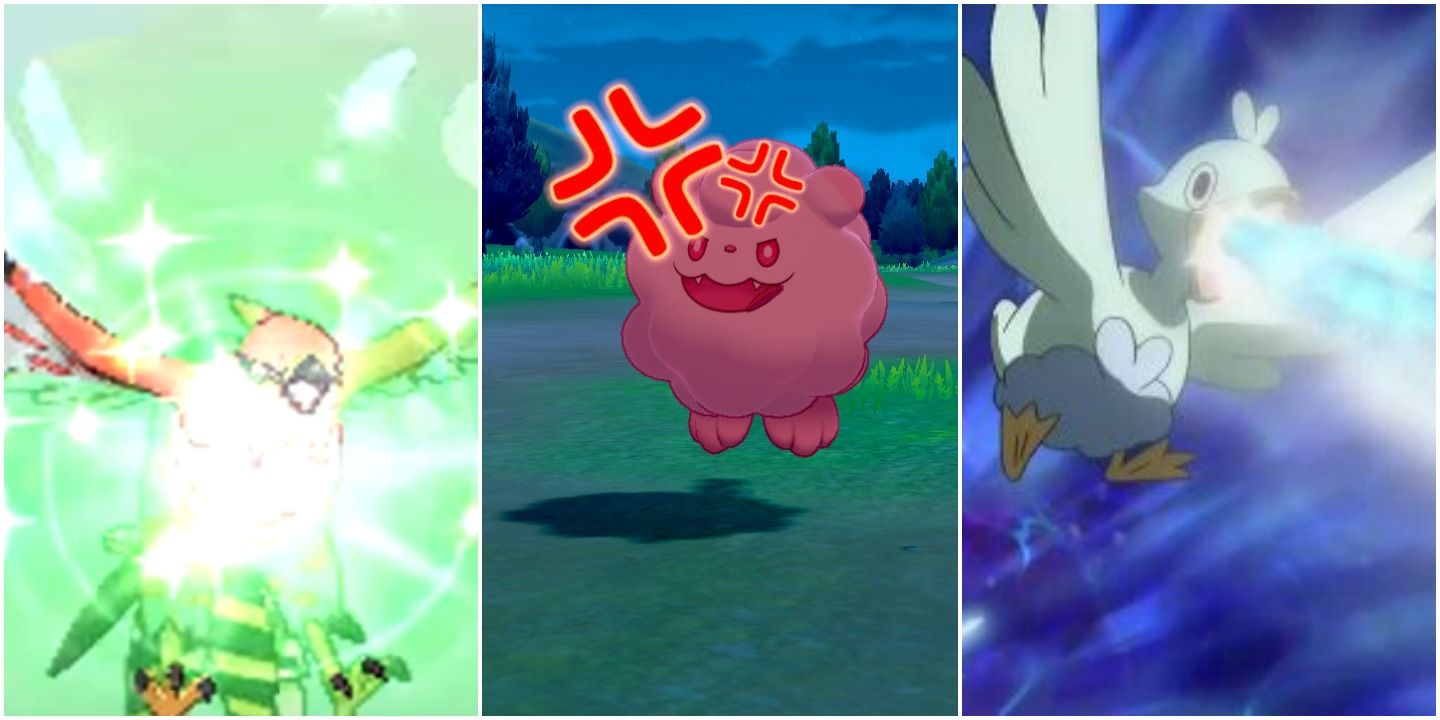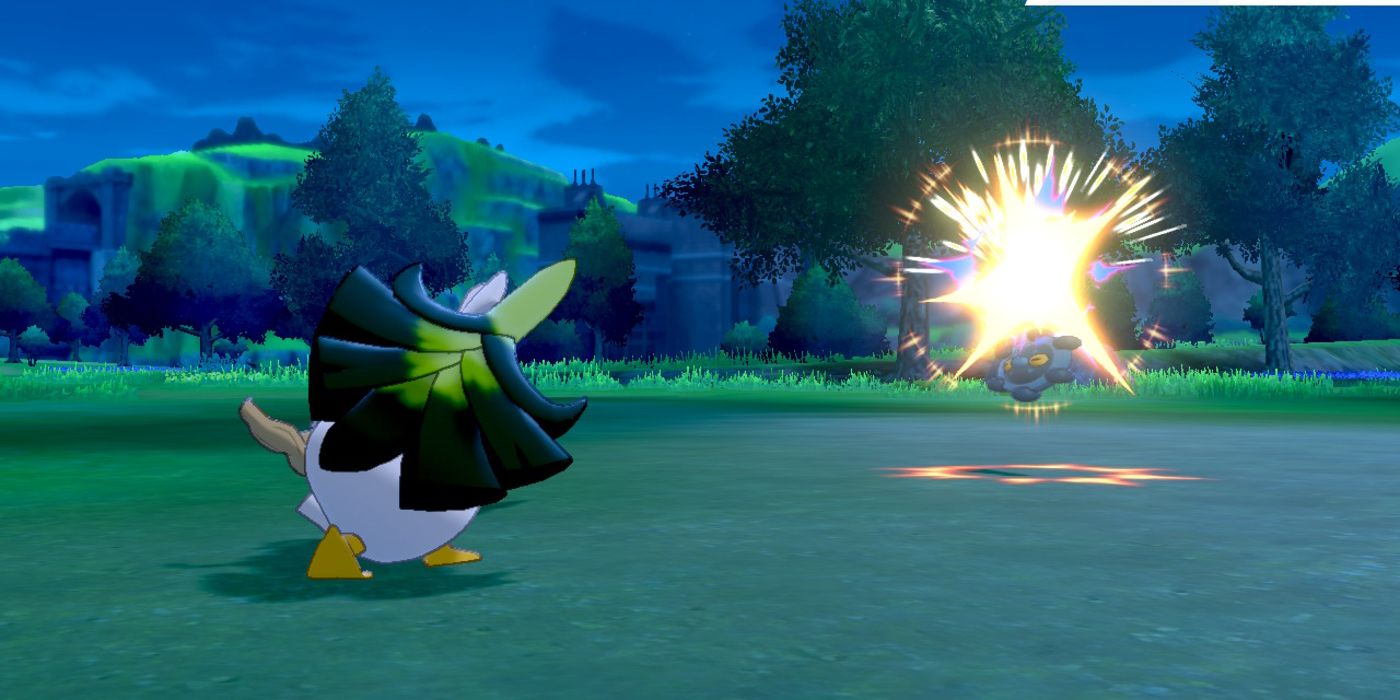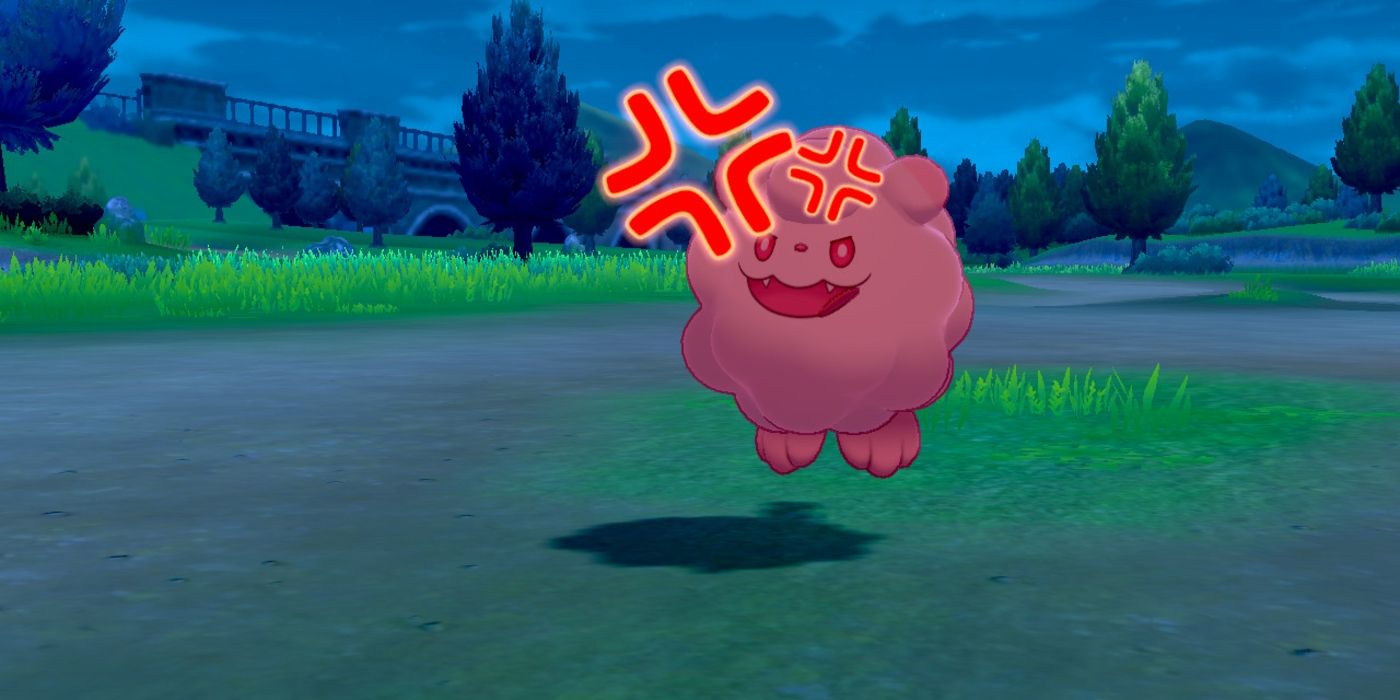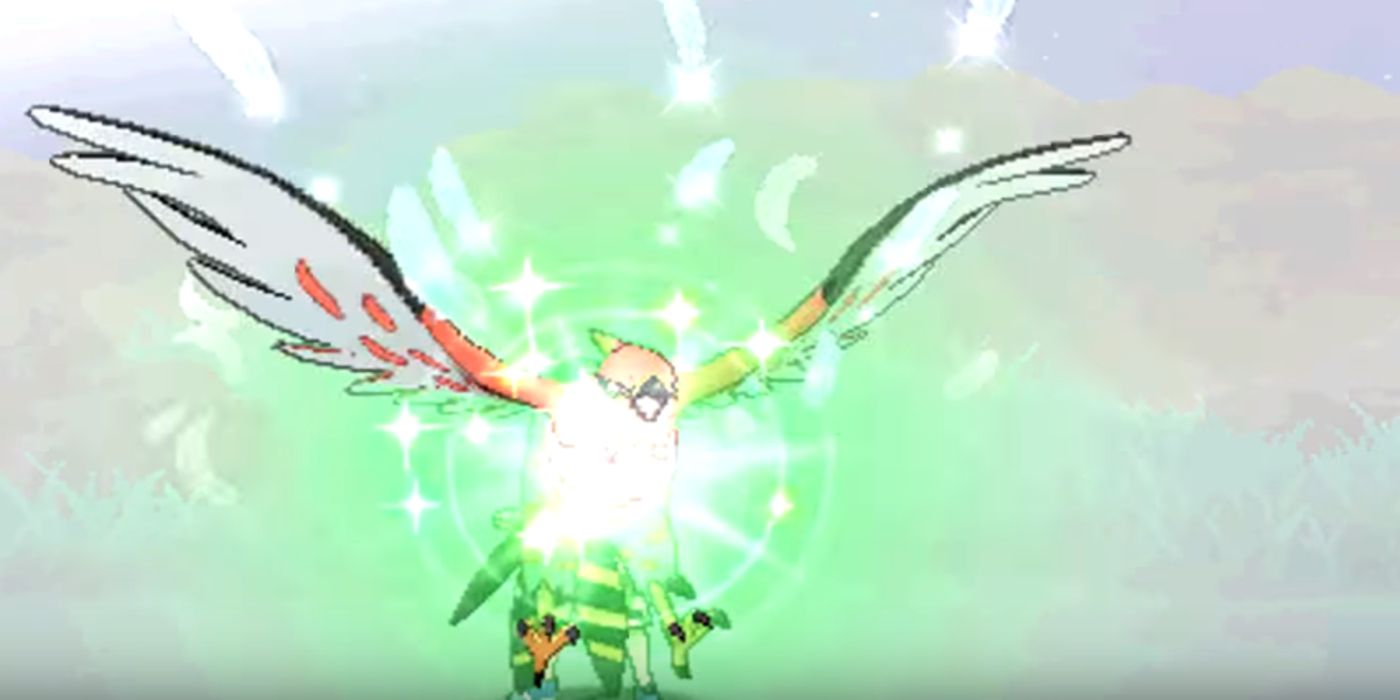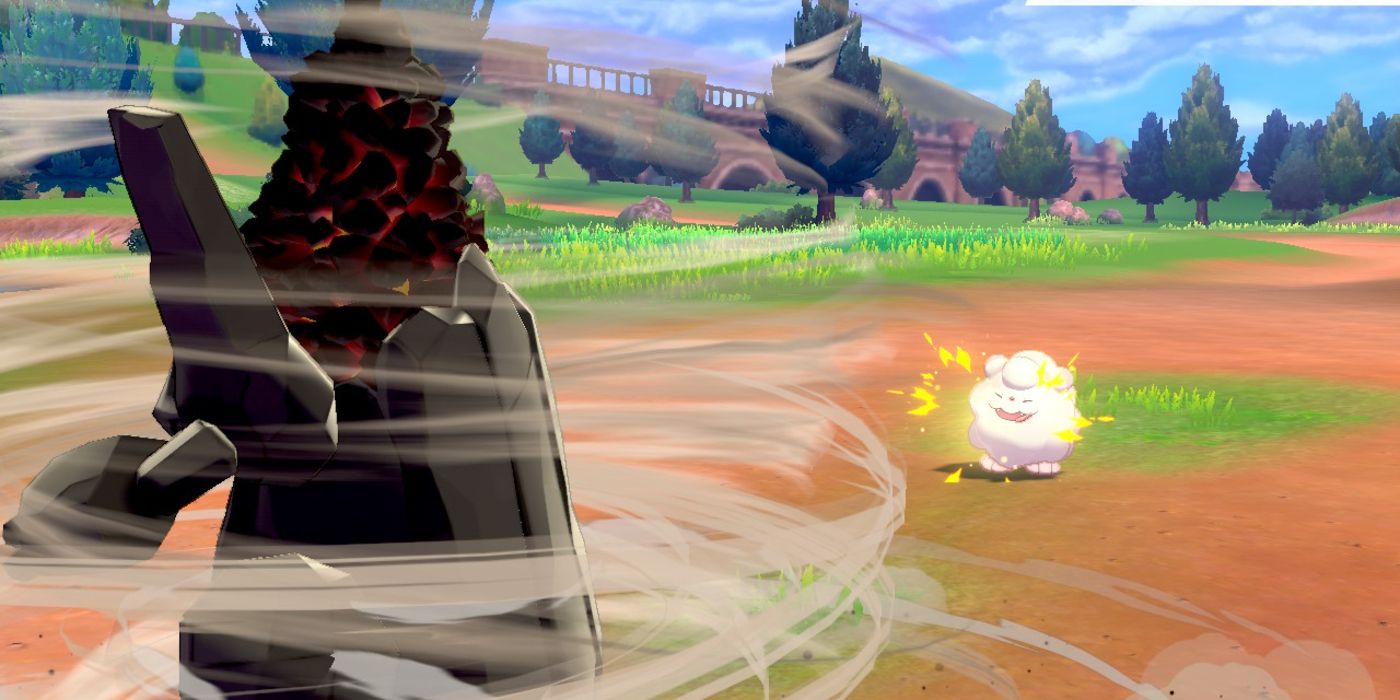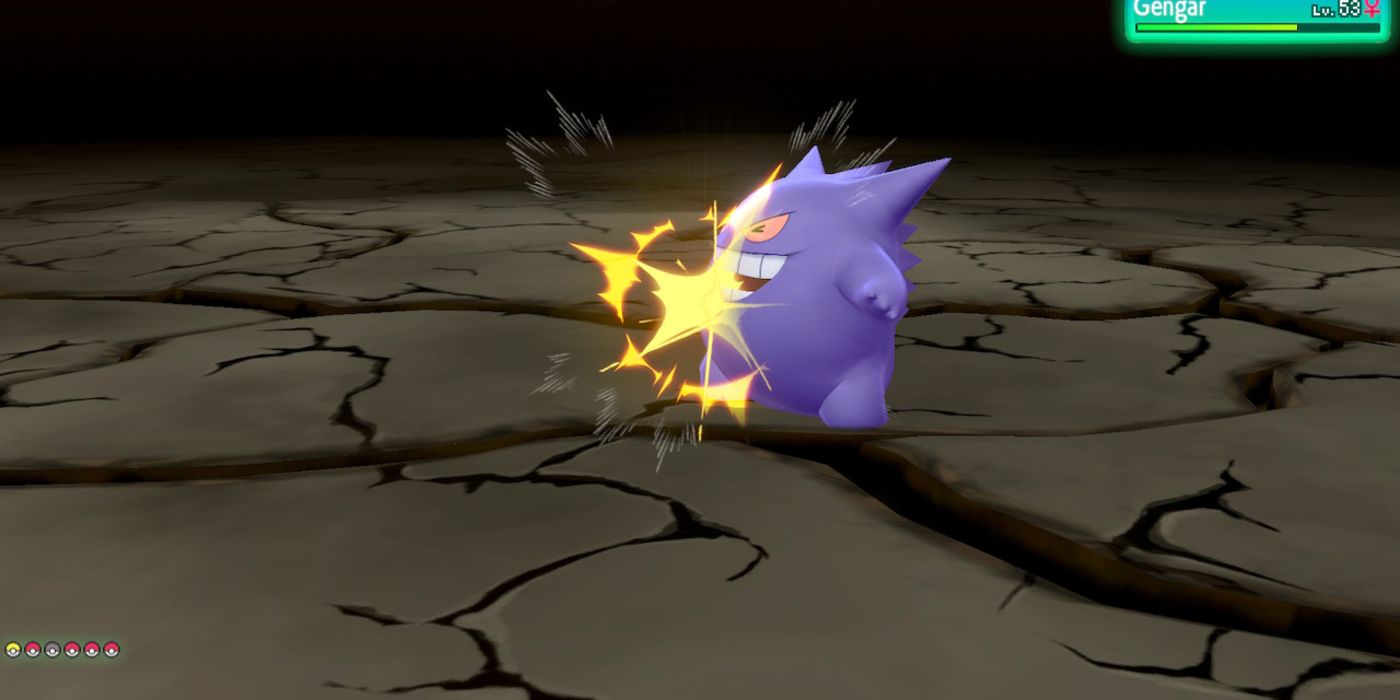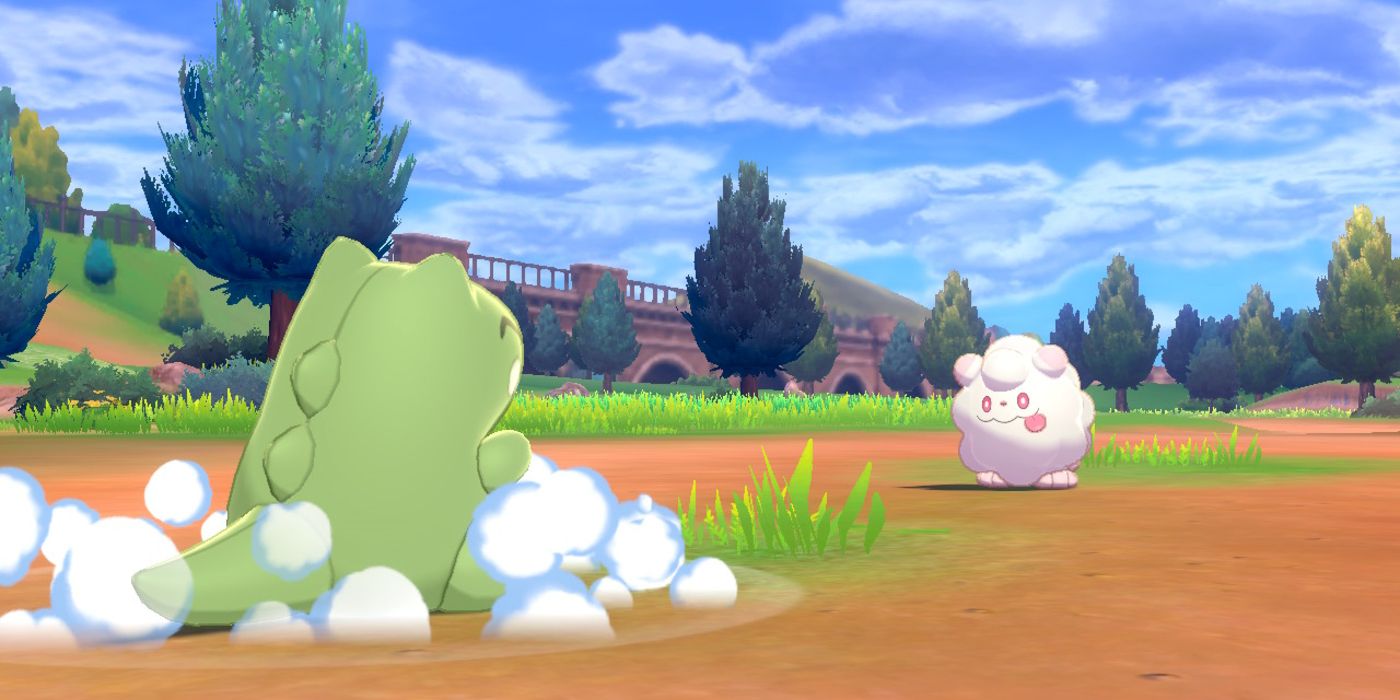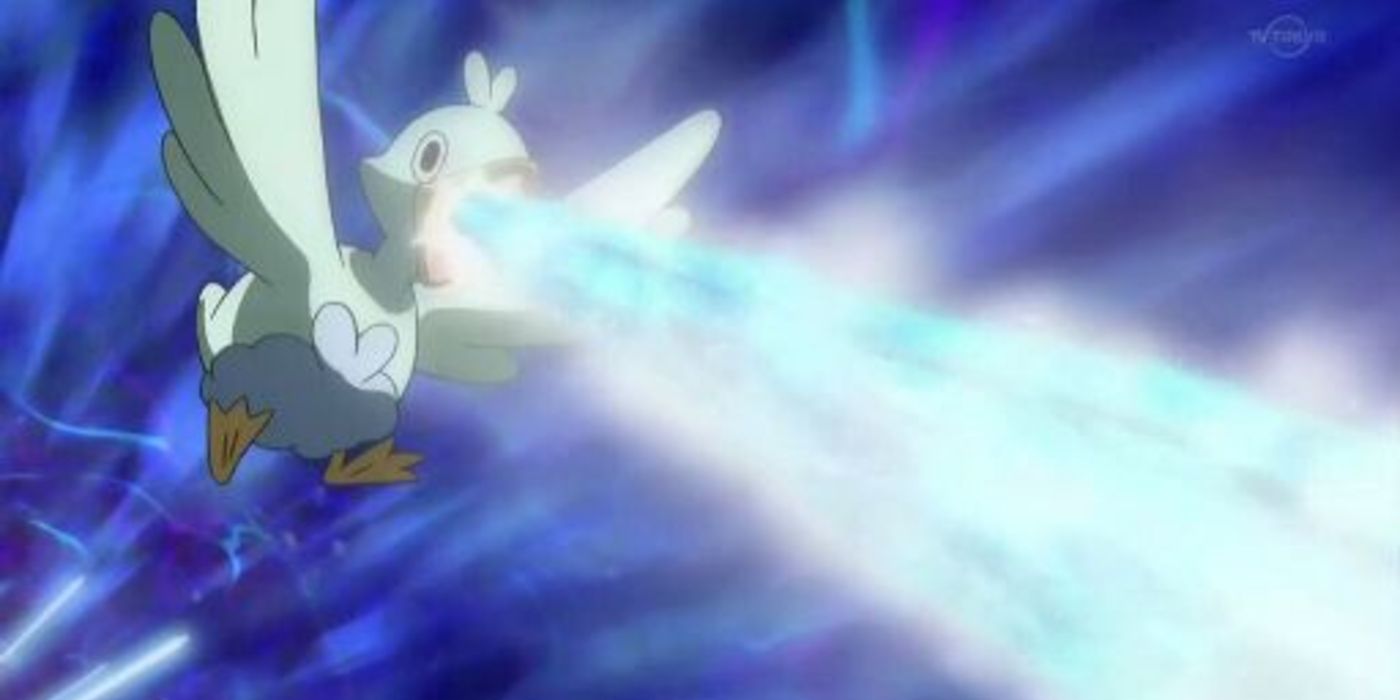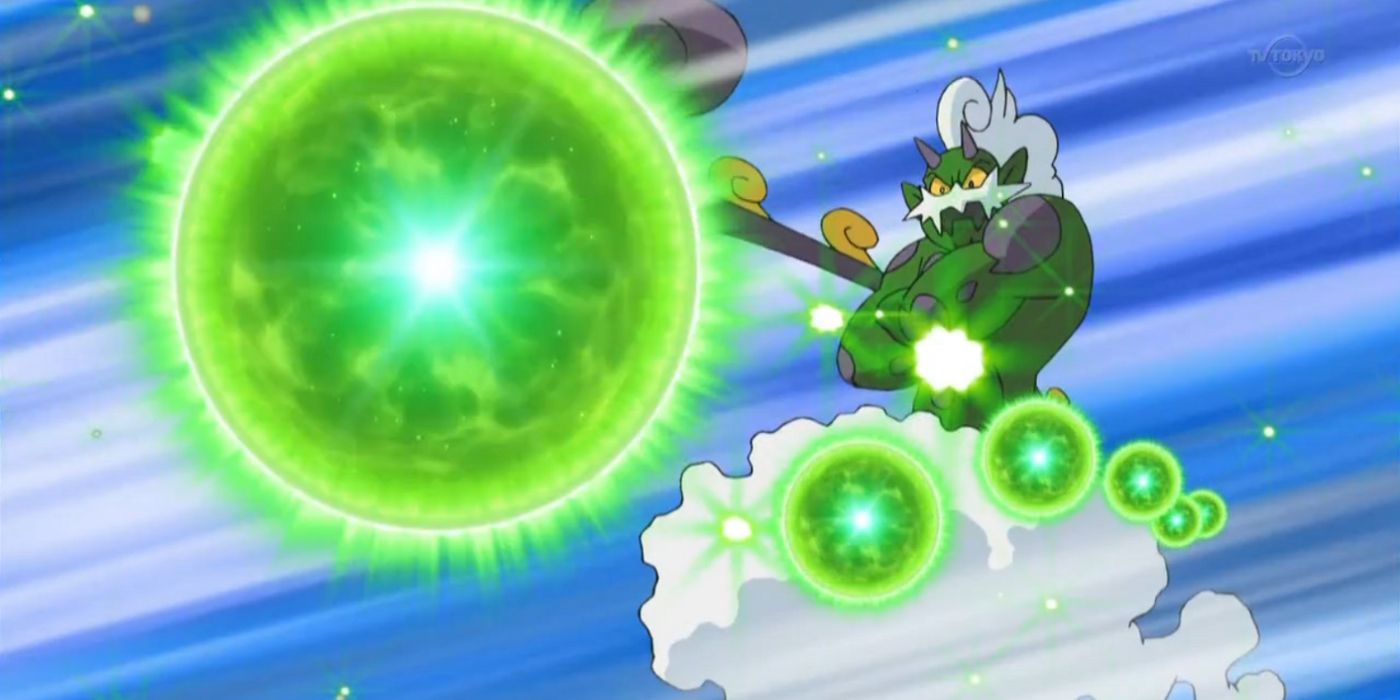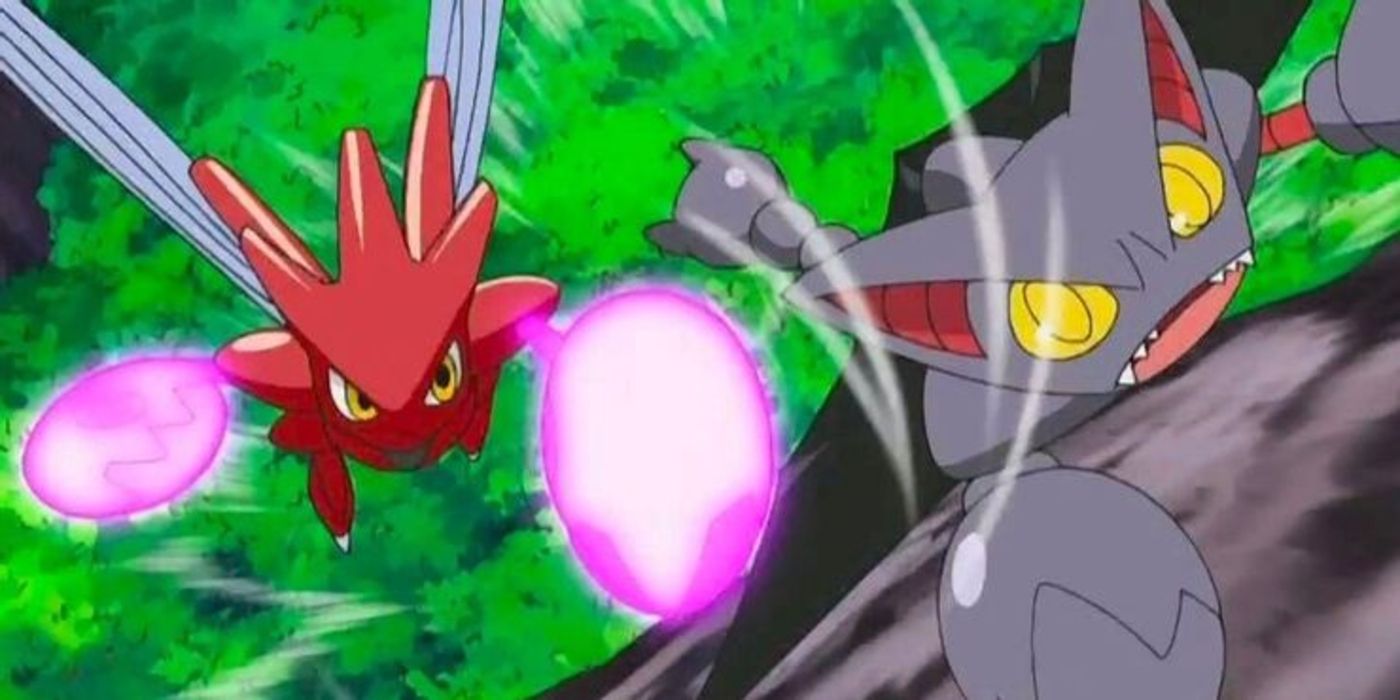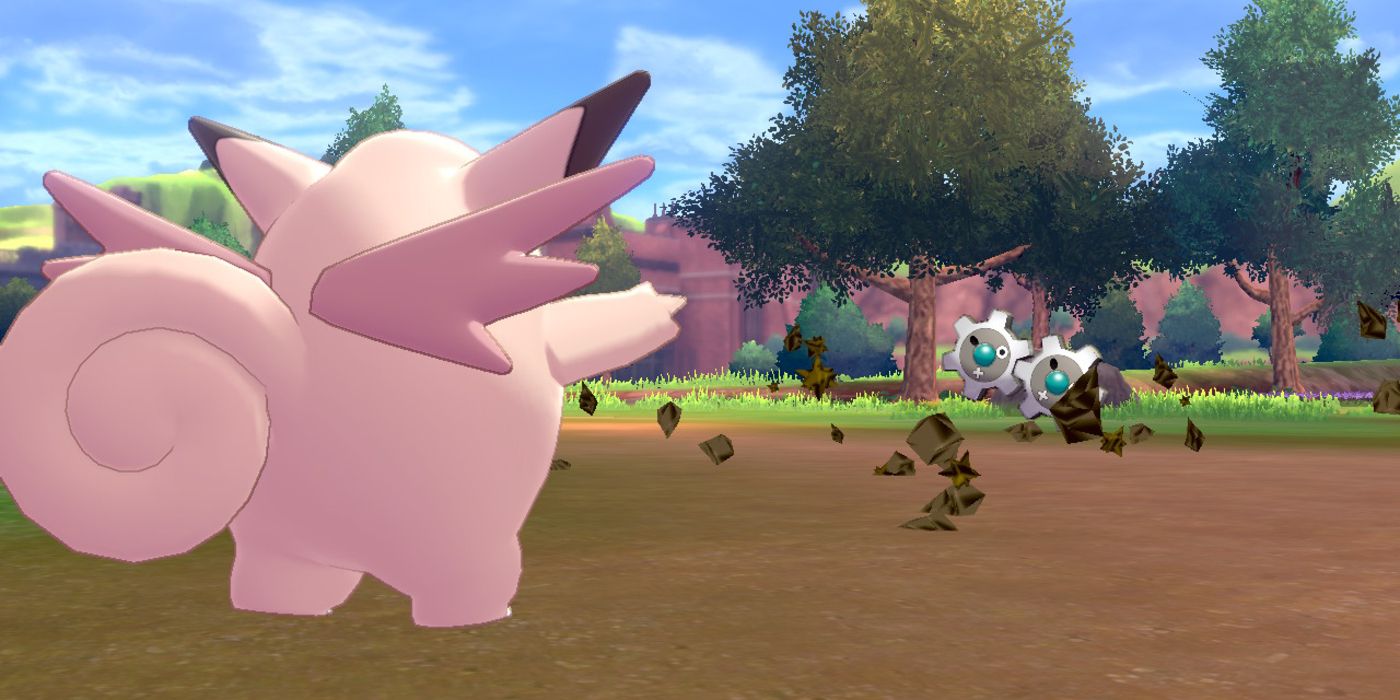Competitive Pokemon battling has seen many drastic changes over the years. The metagame has varied from generation to generation, and that's thanks in no small part to the available moves.
Each move has a purpose, whether it's to deal general damage, deal type-specific damage, boost stats, set up hazards, or others. No moves are created equal, and some are just more valuable than others. Some moves have proved to not only be important and necessary when building teams, but have also shaped the metagame as we know it. Whether it was a move's introduction, removal, buff, or nerf, these moves changed competitive Pokemon one way or another due to their popularity and viability. Note: This list was made from a Singles perspective, and not all the moves listed have the same viability in Doubles or VGC.
10 Knock Off
This Dark-type move was introduced in Generation 3, but it was barely worth using a move slot. That changed when it was given several buffs in Generation 6, increasing its base power tenfold from 20 to 65, and adding 50% to that when it did its job of knocking off a held item.
This move isn't necessarily a game changer in battle, but the usefulness of knocking off defensive items like Assault Vests or offense boosters like Life Orbs has made the move a competitive regular, especially due to how many Pokemon can learn it.
9 Taunt
Some teams have Pokemon designated to specifically lead and set up hazards or status effects, therefore lacking in any attacking power and moves. They can cripple teams when not taken care of, but one single Taunt can ruin entire strategies.
Taunt disables the target from using status moves. This renders the Pokemon on the field useless, forcing a switch and taking away the other side's momentum. Much like its fellow Generation 3 Dark-type move Knock Off, Taunt received a buff in Generation 4, where its effect lasted three to five turns instead of just two.
8 Roost
Healing moves in general have been key in competitive for as long as fans can remember. Having that option to regain HP meant certain Pokemon couldn't be beaten with brute force.
While Chansey, Toxapex, and Hippowdon have made use of moves like Soft-Boiled, Recover, and Slack Off respectively, Roost is widespread across almost every Flying-type, cute and scary alike, and even a few non-Flying types like Scizor. Given enough bulk, most Flying-types have become serviceable walls with their ability to Roost when they're stuck in a corner, with the bearable caveat of losing the Flying-type for that turn.
7 Rapid Spin
As long as you weren't using it against a Ghost-type, you could excuse Rapid Spin's 20 base power when it came with removing hazards on your side of the battlefield. Fortunately, that isn't even a problem anymore, with Generation 8 buffing it to 50 base power along with giving the user a Speed boost.
With how popular certain hazards have become and how damaging they could be to certain Pokemon, having that option to completely eliminate them could swing momentum far into one direction. Another such option for clearing hazards was Defog, gaining a buff in Generation 6 where it would clear out hazards on the user's side as well as the target's.
6 Earthquake
Earthquake is arguably the attacking move that competitive battling revolves around.
It's a straightforwardly massive attack that deals 100 base power physical damage, and a must-have on most wallbreakers' movesets. It's widespread across a lot of Pokemon too, great both for STAB or coverage for, say, a Steel-type user. What makes this interesting is its Ground typing, making it completely walled by Flying-types. As a result, Flying-types are just as important to have on teams as Earthquake users, giving that ability to switch into an Earthquake and take no damage.
5 Substitute
This move, as its name suggests, places a Substitute in front of the user that absorbs a certain amount of damage, at the expense of 25% of its HP.
One properly executed Substitute can give the user leverage to essentially do whatever it needs for a few turns. Multiple strategies have been built around Substitute, pairing it with moves such as Dragon Dance for boosting stats, Leech Seed for constant healing, or Protect to keep the Substitute on the field and stall. There are very few ways to stop Pokemon with Substitutes set up, and the versatility of the strategies around it give it endless potential.
4 Scald
This is one of the most unique moves in the game, and the specific unique properties it has make it a competitive staple. Scald is a Water-type move that deals 80 base power special damage. That alone makes it a pretty good and reliable attack. What makes it exceptional is its 30% chance to burn its target.
Burning the opponent's physical sweepers can render them useless and completely cripple the other team, as burns reduce the power of Pokemon's physical moves. Even if Scald users don't burn their opponent, repetitive use of the move should deal enough damage to wear your opponent out.
3 Hidden Power
This move was so important to the competitive scene that its current, sudden absence has been just as game-changing as its presence. When it was around, competitive battlers had to stay on their toes. Pokemon that had one solitary 4x weakness such as Scizor or Swampert couldn't stay comfortable on the field when the Hidden Power of that one weakness was almost always a possibility, considering how widespread it was.
Now, having been removed in Generation 8, that option is no longer there, forcing battlers to come up with more creative ways to beat Pokemon that are walls by way of great typing.
2 U-Turn
Pivoting moves (a.k.a. moves that switch out Pokemon on the field) were around before this move, but U-Turn was truly the first of its kind, dealing damage while allowing the user to switch into a Pokemon of the player's choosing.
Switching the right Pokemon onto the battlefield can provide leverage that sways a match's momentum. Moves such as Roar that switch out the opponent's Pokemon relied somewhat on luck, and while Teleport let the user choose who to switch in, it had negative priority. U-Turn, on the other hand, was widespread and reliable regardless of the Speed matchup, while also dealing decent Bug-type damage. Honorable mentions go to Volt Switch and the recently introduced Flip Turn, the Electric-and Water-type equivalents of U-Turn, respectively.
1 Stealth Rock
Hazards were a cool niche then, but they're a mainstay now. Spikes and Toxic Spikes deserve mentions, but no Pokemon move in general has changed the game as radically as Stealth Rock has. Compared to other hazards, Stealth Rock has the interesting effect of damaging Pokemon upon entry depending on its type matchup with Rock. This heavily nerfed many offensive threats, such as honorary mascot Charizard, whose Fire-Flying typing fared very poorly against the Rock-type hazard.
Almost every adjustment to the metagame since then has revolved around Stealth Rock, all the way until today's Generation 8 with the aforementioned Rapid Spin buff and addition of the Heavy-Duty Boots held item that shielded the holder of hazard effects.

